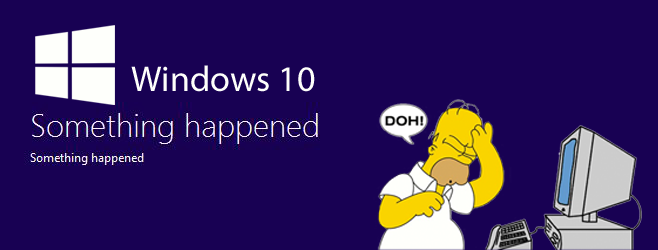This article is the hub for the 100 and 200 series for the HTTP Error Codes List! You will find all standardized HTTP Error for the 100 and 200 series that you may stumble upon when on the internet or while using your web server.

100-Series: Informational
The 100 series section comprises of optional headers and kind of always has a Status-Line. Even though the Standard HTTP/1.0 hasn’t added any of the responses from 100 Series but it is still important that any server must not create a 100-Series response to any one of the users browsing the internet on that standard version.
100 Continue
100 Continue out of all the HTTP Error Codes was created to reduce the inefficiency of delivering big amounts of data that have inappropriate headers. Any client can send 100-Continue in form of a header in the very first request in addition to other appropriate header and if they get approved they could eventually turn into a 100 Continue status code generated by the server and then the client will be able to deliver the body.
101 Switching Protocols
If in the precious request the client had requested the server to change protocols and then the server would have responded by accepting the selection and the protocols have been switched then it would fall under the HTTP Error Codes category of Switching Protocols.
102 Processing
This is sort of restricted to the WebDAV, which is a request that may comprise of certain file operations that need many sub requests and this can become a tiresome process. In such a case a 102-Processing response is given to the user to make sure that he/she has received a real request which hasn’t timed out and that in reality there isn’t any real response that one has to cater to however one is on its way when the process is finished.
200-Series: Success
This 200-Series of responses is given in various cases where the server knows, understands, accepts and processes the request.
200 OK
Any client who has made use of web development or any type of API development would be excited to see the “200” series.
According to the process of request, a 200 OK response will add data or other information in relation to the request which can even be a web page to be viewed without the person knowing what happened at the back even when the 200 OK was involved.
201 Created
This is even better than your request being completed successfully. This means that the user’s request has been successful in generating a fresh resource on to the server.
202 Accepted
In this case, the request which the client has put it might take some time to process but it has definitely been accepted but the results that may get generated will vary. The server will then put out a notification if anything happens.
203 Non-Authoritative Information
The HTTP/1.1, servers are also serving as a proxy for transformation for instance they can take the real server’s 200 OK response and the transformation of the content and then the transformed content will be given to the client.
204 No Content
This one means good news! It means your request has been successfully processed but at times this can be a bad news as well when the server decides not to give back any content after getting done with the process.
205 Reset Content
This is kind of a copy of the 204 response when the server processes the requests successfully but here the server requests the client to complete the resetting of the document view.
206 Partial Content
In order to activate the downloads that are resuming, at times many clients will deliver a header to inform the server that it only requires some part of the content. Now when the servers get a header range then it would respond to the request with the suitable data range in addition to the 206 Partial Content response.
